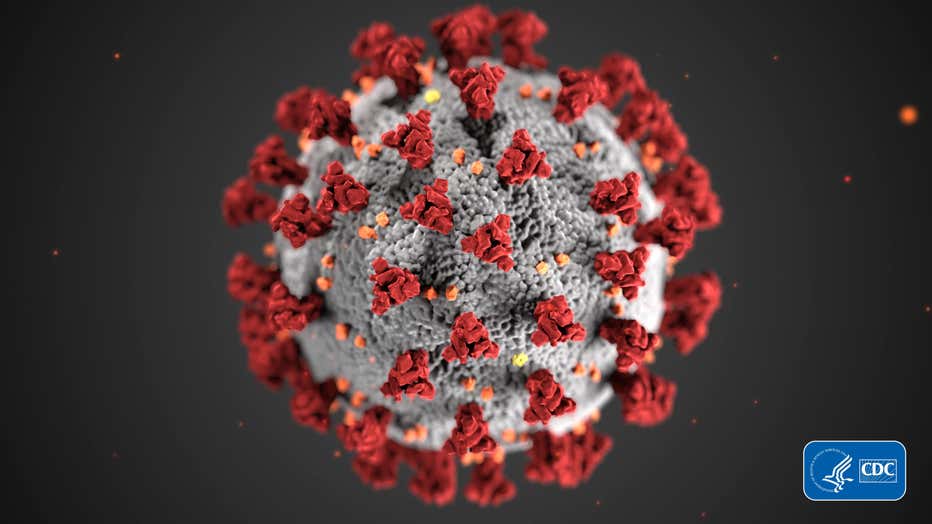How coronavirus differs from flu: Symptoms to watch for
Officials are urging anyone who develops possible symptoms of the novel coronavirus to contact health care providers to inquire about next steps and possible testing, but with millions infected by the influenza virus in the U.S., many are wondering how to tell the difference between the two.
“There is so much overlap in symptoms between flu and COVID-19 but a couple of hallmark differences do exist,” Dr. Caesar Djavaherian, co-founder of Carbon Health, told Fox News. “Influenza tends to cause much more body pain and the COVID-19 virus tends to feel much more like the common cold with fever, cough, runny nose and diarrhea. However, in a small portion of the population with either COVID-19 or influenza, symptoms progress to kidney failure and respiratory failure.”
ARIZONA BEGINS IN-HOUSE CORONAVIRUS TESTING TO SPEED DIAGNOSES
By the end of February, the Centers for Disease Control and Prevention (CDC) estimated that at least 32 million cases of the flu were reported in the U.S., resulting in 310,000 hospitalizations and 18,000 deaths. For the coronavirus, by March 3 the number of confirmed cases in the U.S. had reached 100, including several presumptive positive cases and 24 in repatriated Americans. At least nine COVID-19 patients have died.
>>LIVE: Interactive Coronavirus case data and map
But several health officials, including New York Gov. Andrew Cuomo, have cautioned that healthy Americans who contract COVID-19 may not even know that they have it, and will heal without any treatment. Others say their experience will be similar to that of a common cold, but for those with underlying health conditions, the virus can be severe.

An illustration, created at the Centers for Disease Control and Prevention (CDC) of what a coronavirus looks like (Photo Courtesy: Centers for Disease Control and Prevention)
CORONAVIRUS FEARS PROMPT PEOPLE TO SEEK HEALTHIER ALTERNATIVES TO SHAKING HANDS
“The differences arise in the very small portion of the population who are at risk because of their lung or heart conditions whose lungs can fill with fluid or go into kidney failure and unfortunately, eventually die, with COVID-19,” Djavaherian said.
One of the most imperative ways to stop the spread, experts say, is to avoid contact with a sick person, and to practice your own good hygiene. Part of that includes staying home when you’re sick and thoroughly washing hands.
“If you are sick, monitor your symptoms daily, and when your common cold turns into a deep unrelenting cough and then shortness of breath, those are the signs that we worry about and the signs that require patients to get medical attention right away,” Djavaherian said. “They may be from pneumonia but in a very, very small group of patients, maybe a COVID-19 infection that has gone into the lungs.”
CLICK FOR FULL CORONAVIRUS COVERAGE
Djavaherian said it’s imperative to call your health care provider ahead of time to share your symptoms and concerns so that they can prepare the appropriate tests and protect others from potential exposure.
“I also recommend using telemedicine, where you can see a doctor via phone or video, to get your questions answered from the comfort and safety of your own home without putting others or yourself at risk,” he said.
Read more at FOXNews.com.


